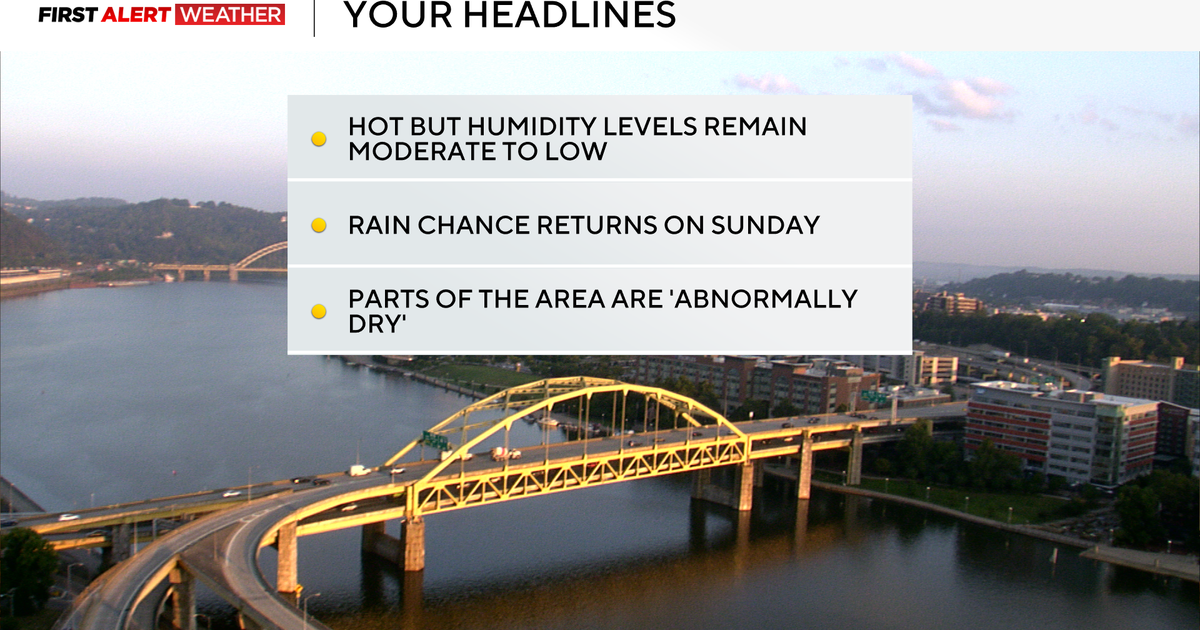Hey Ray! Explaining Equinox And Equilux
PITTSBURGH (KDKA) -- In science class, when you study the word "Equinox", you usually hear part of the definition with the words "equal night."
From there, you can make the scientific assumption that you will have "equal day" as well.
However, if you look at the sunrise and sunset times for Pittsburgh, you will notice September's sunrise and sunset times on March the first day of Fall, September 22nd, are anything but equal.
Our equal night, in respects to sunrises and sunsets, happens a few days after the equinox. This is called the "Equilux."
While "Equilux" sounds like something an evil scientist would make up, when you look at the data, you find it happens on September 25th, this year.
That is the day the sun rises at 7:11am and sets at 7:11pm.
So, why doesn't that happen on the Equinox?
One of the biggest differences is how we measure sunrises and sunsets compared to how we time the seasons. When a sunrise time is given, that is the time the top, or first part of the suns "disk", shows on the horizon.
Sunset times are given when that top of the sun's disk drops below the horizon.
On the other hand, when the time and date of an equinox, or solstice is given, that is when the CENTER of the sun's disk is passing over the Equator, or to the Tropic of Cancer (the sun's furthest northern latitude), or Tropic of Carpricorn (the sun's most southern latitude).
To show this as a comparison, that would be like having a dog race where the winner is determined by the dog's nose crossing the finish line first, and another that determines the winner by the middle of the dog crossing the finish line.
They're measured differently, so the timing results will be different -- much like the difference between the equinox and equilux.
Another factor is that light bends as it passes through the Earth's atmosphere.
That bending is amplified when the light is shining on the horizon.
This bending accounts for some of that time difference.
Either way, the days are getting shorter and our temperatures will be getting colder, as we head toward winter.









